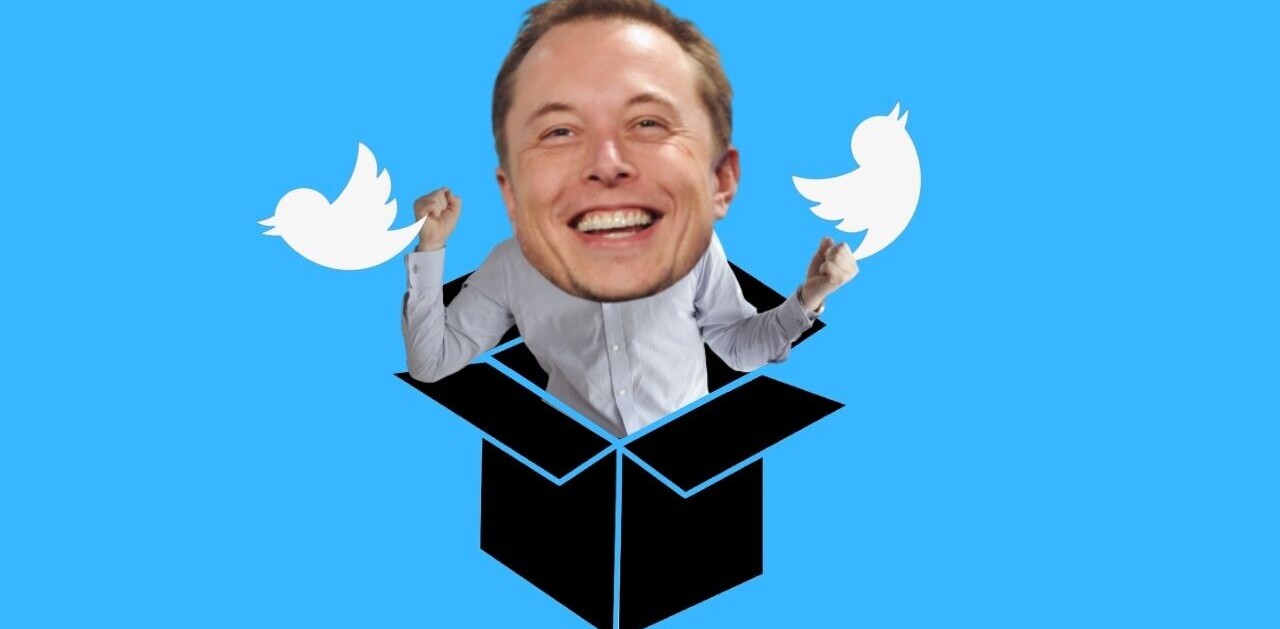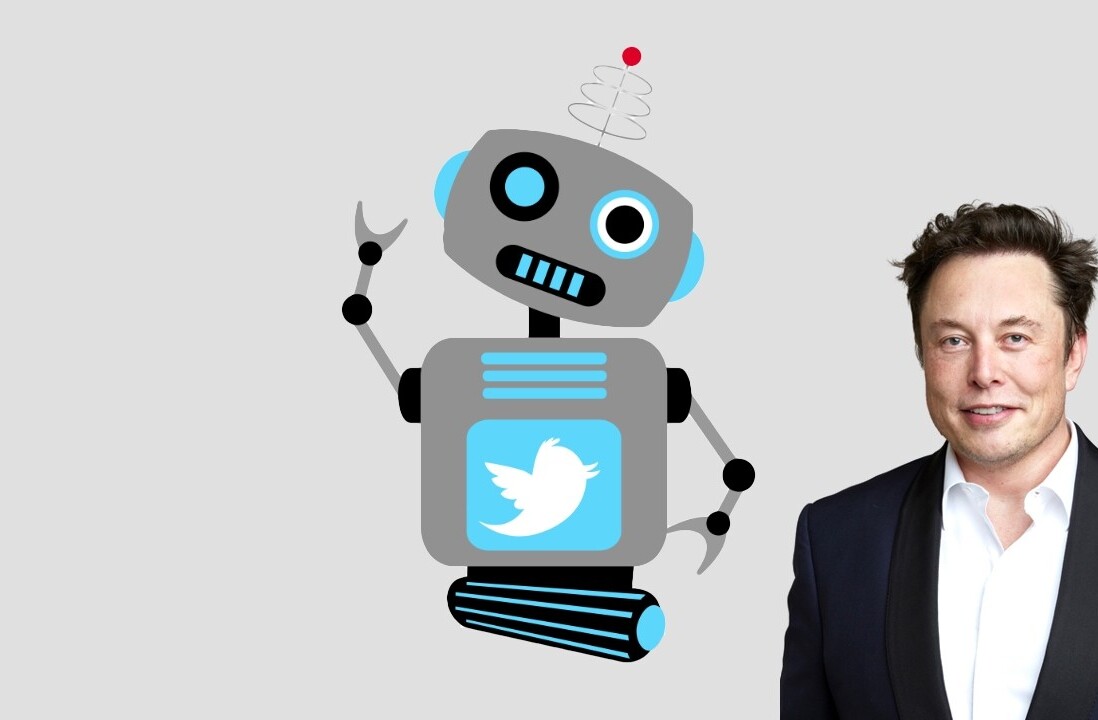
 When we needed business cards for one of our start-ups a few years ago we decided to put only our names on the front and our email address on the back.
When we needed business cards for one of our start-ups a few years ago we decided to put only our names on the front and our email address on the back.
By reading the email address you would know the name of the company and the domain name.
We still use the same format for all the other start-ups we used since because it works so well and people seem to love it. The most common remark we get is “yeah, that is really all you need right? A name and an email address”
In 1997 there was an advertisement for Honda on the back page of Wired Magazine. It showed nothing more than a car key with a domain name on it. There wouldn’t be anything unusual about such an image today. But in 1997 it was extraordinary. I showed it to some of my friends and told them that this is what was going to happen.
One day, I argued, all companies would have websites!
I know, it only seems obvious now.
Now take a look at Twitter. What if I told you that one day, every company and person in the world would have an Twitter account?
Sounds weird? Unrealistic? About as unrealistic as companies with websites were in 1997?
Right now I’m wondering whether to print new business cards and what information to put on it. Maybe I’m going to print just my Twitter name. A white card with nothing more than “@Boris” on the front and nothing on the back.
Sounds minimalist right? Maybe a bit too much so. But think about it for a minute. My email inbox is overflowing with email. A lot of it comes from people I know but the largest part is from people and companies that I have never met. Every email goes straight into my inbox where it becomes my responsibility.
Now imagine if I would only give out my Twitter name. Someone would get my card and would like to tell me something. He or she would send our a public tweet starting with “@Boris”. If I would choose to talk to that person I could start following him or her and we could exchange a few direct messages. Once we are done I would unfollow that person again.
Communication would be a bit more like meeting people in real life. At a conference people approach me, in public, and ask me a question. Then, if we want to continue talking, we make an appointment to talk in private.
That is how Twitter works. With email, everyone just barges into my office and waits there until I show up.
This is also why companies love Twitter. It gives them an opportunity to communicate with a mass audience without the problems that email brings.
Email simply isn’t scalable. Twitter is the new email.
Get the TNW newsletter
Get the most important tech news in your inbox each week.




